Why an Interview Portfolio Will Land You the Job (With Example)
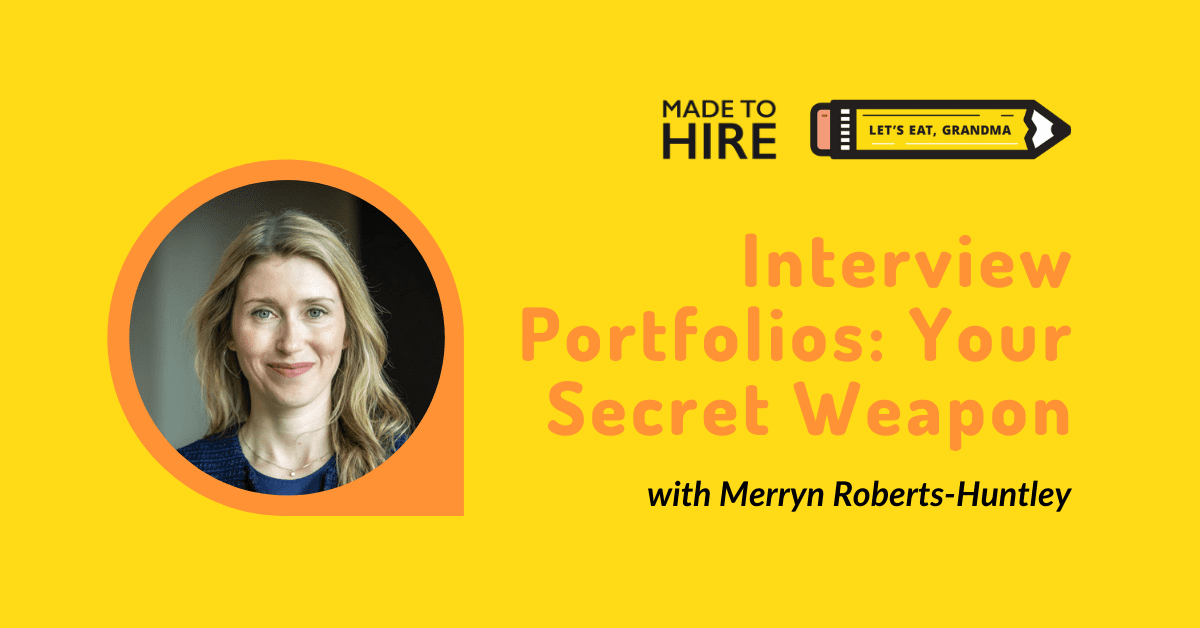
Are you tired of walking out of job interviews feeling like you didn’t quite make the impression you wanted to? Do you wish there was a way to showcase your skills and experience in a more tangible way? You need an interview portfolio!
Editor’s note: This post was originally published in 2020; it has been updated for accuracy and comprehensiveness.
By: Daniel Lorenzo | Contributor for Let’s Eat, Grandma (with Merryn Roberts-Huntley of Made to Hire)
You spent hours on your resume. You prepared for the interview and answered their questions well. You even sent a thank-you note … and still didn’t get the job.
What were you missing? A secret weapon.
Most job seekers simply bring a copy of their resume into the interview. Imagine the impression you’d make if you came in with a full portfolio!
Introducing: The interview portfolio.
Ready for more job search help?
Sign up for a free Senior Writer Resume Critique to see what's holding you back from landing interviews. One of our top professional resume writers will give you personalized feedback on the top 3 items you can improve based on our expert practices!
This often-overlooked tool can be a game-changer in the job search process, helping you make a lasting impression on potential employers.
In this blog, we consulted with marketing expert and career coach Merryn Roberts-Huntley to explore the benefits of creating an interview portfolio and provide some tips for making yours stand out from the crowd.
We’ve even included a sample job interview portfolio that you can use as a guide when you’re creating your own.
So grab a cup of coffee and get ready to take your job search to the next level!
What is an interview portfolio?
An interview portfolio (or career portfolio) is a set of documents that you have prepared to bring to a job interview. It goes beyond your resume, including supplemental documents to further show your suitability for the job.
It’s important to note your portfolio is filled with supplemental information you would not submit with your application. So don’t think you need to email this to anyone with your application – it’s way too much information for that part of the process.
Rather, when you hand your interviewer your portfolio, you’re handing them tangible, visual references of the specific, relevant stories you will then give them as answers to their questions.
The genius of using a portfolio for a job interview is that the documents provide a specific, personal, and interactive experience for the interviewer(s). You have a captive audience, now wow them!
Since you’ll reference each document throughout the interview, make sure to print one copy of your portfolio out for each person who will be interviewing you. Email the recruiter to find out how many interviewers there will be – or just proactively bring a few copies.
And bonus: When you leave the interview, the employer will have a dynamic reference document to refer back to when making their decision. Just think about how your portfolio will stand out among the stack of resumes on their desk!
Ready to see a sample job interview portfolio and find out what to include?
A sample job interview portfolio: 7 things to include
Here are seven items (one optional) that you’ll include in your portfolio for your next job interview.
Example images are included for each.
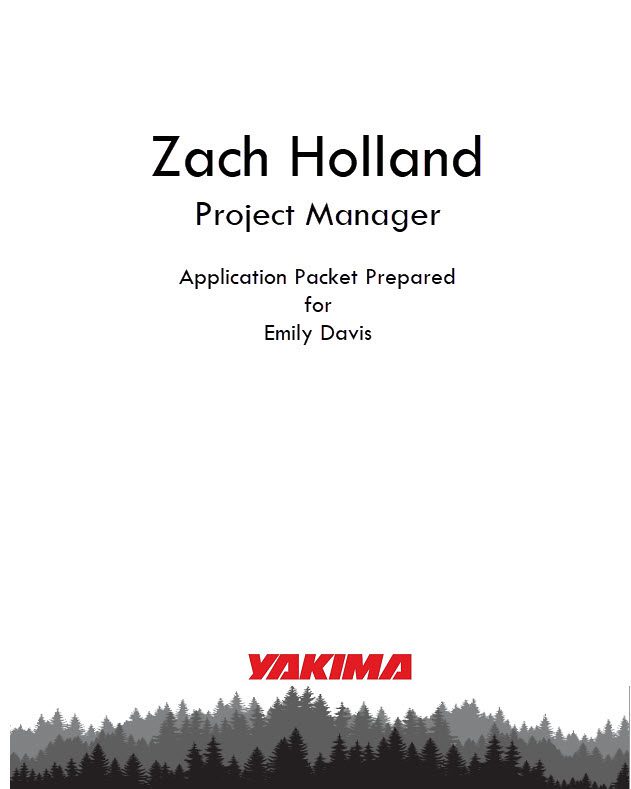
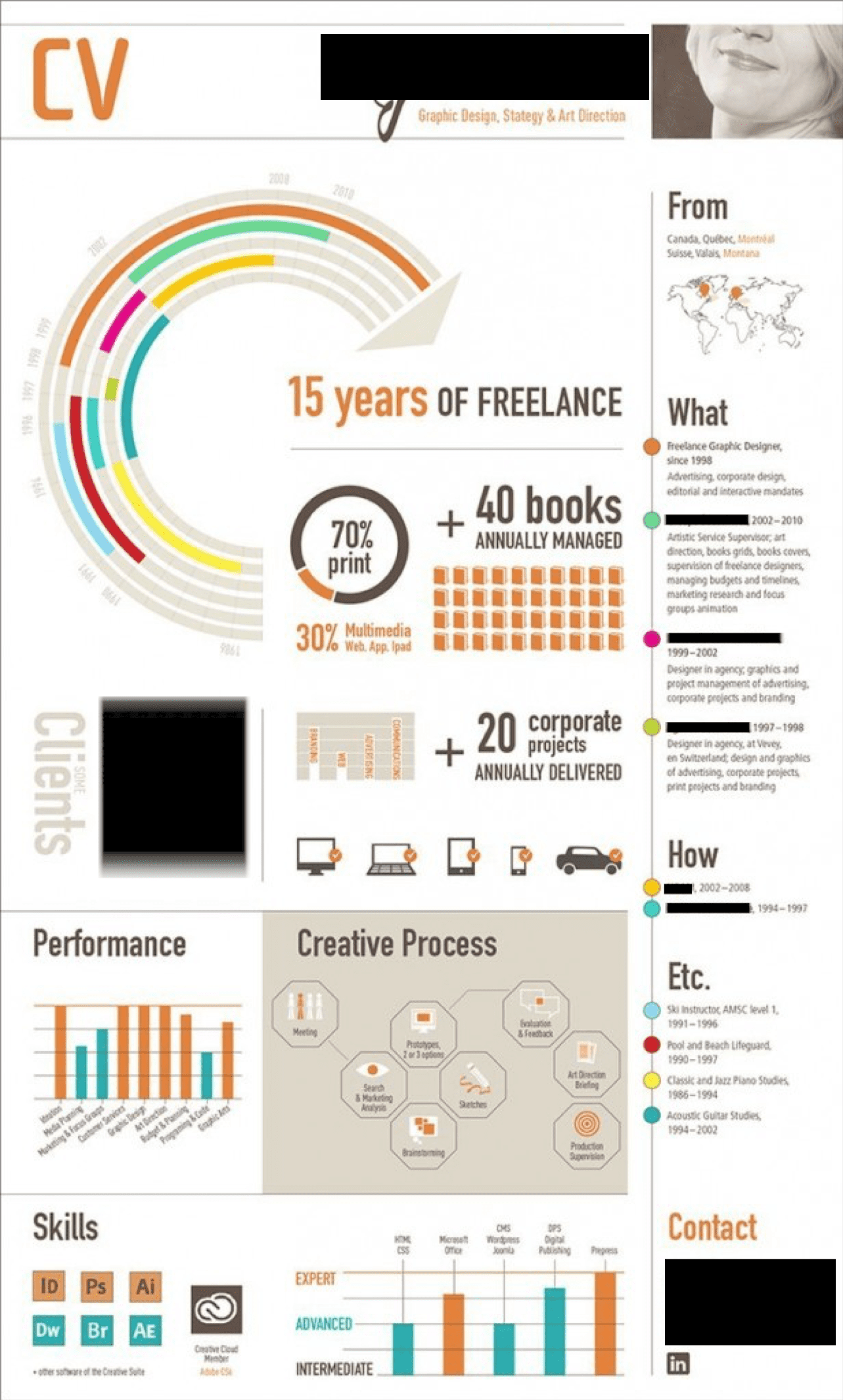
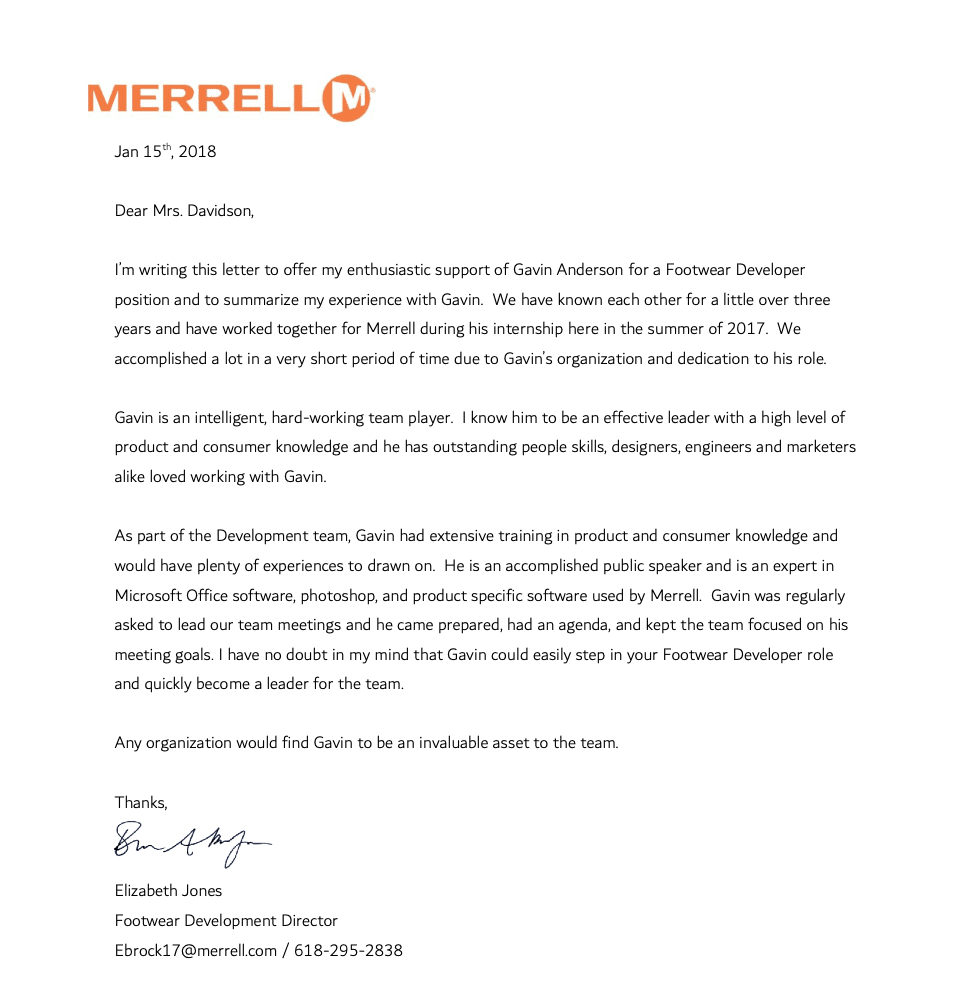
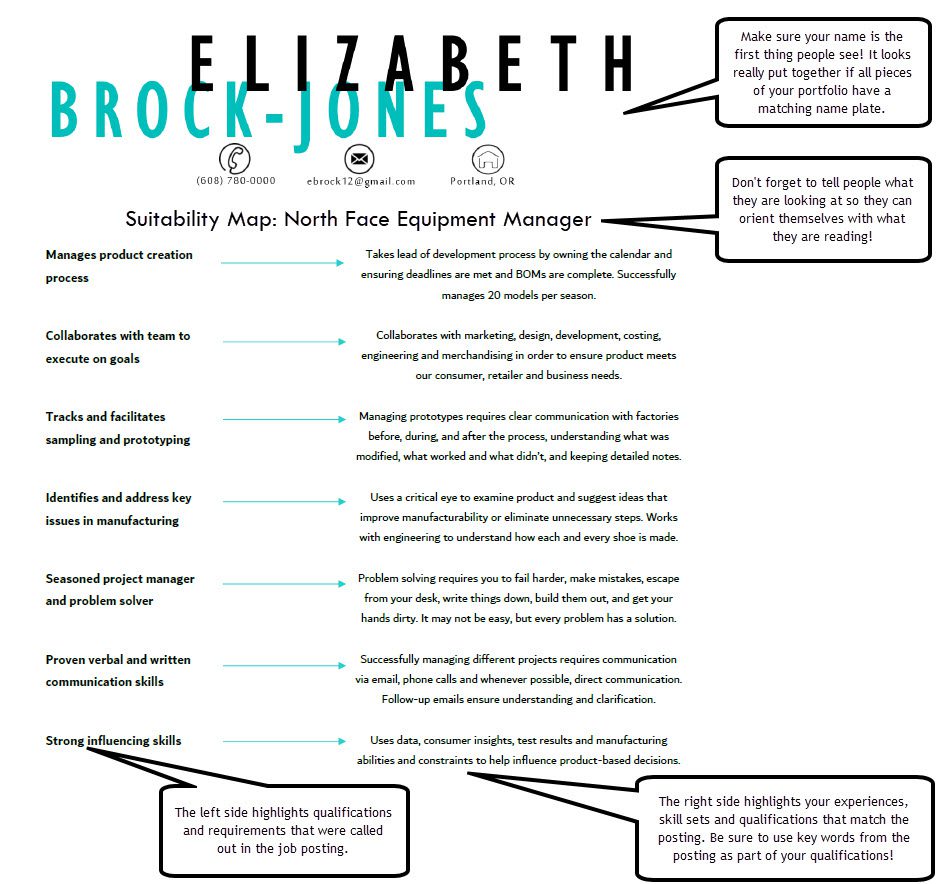
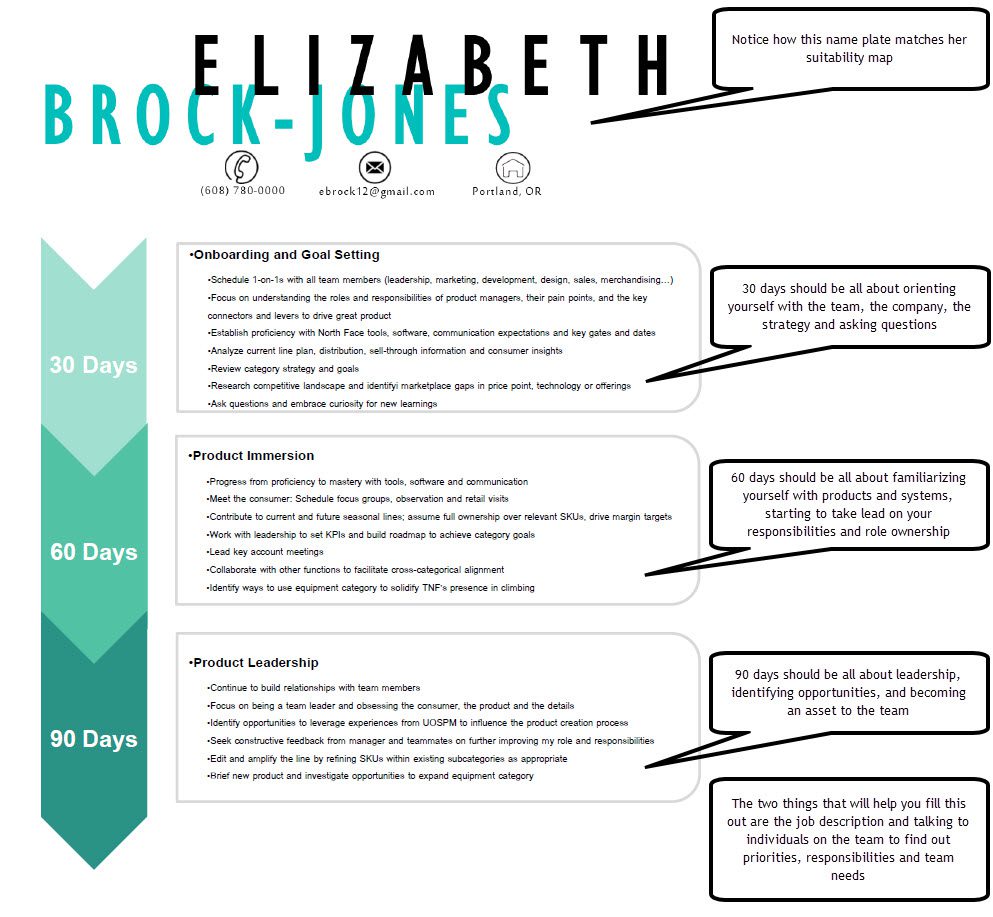
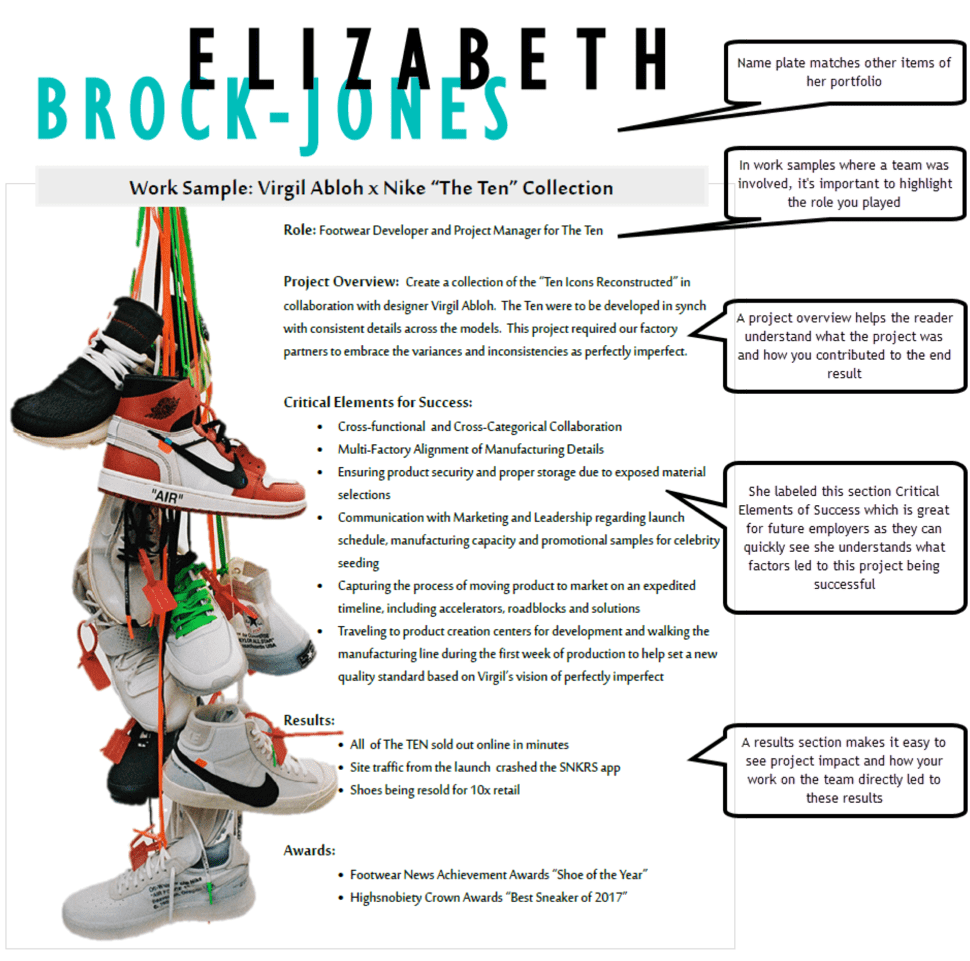
1. Cover Page
Starting with a cover page gives a great first impression. The interviewers will be honored by the personal touch and impressed with your dedication and level of detail.
Include your name, the job title, and the phrase “Packet Prepared For ___” filled out with each interviewer’s name.
2. Resume
This sounds familiar! Immediately after the cover page, include the resume you used to apply for the job. This is just to refresh them on your background.
3. Visual Resume (Optional)
Did you want to show off your creative side with a non-traditional resume, but decided against it in favor of making an ATS-friendly resume?
Now’s your chance to show it off!
Creative resumes are often unique and eye-catching, but they often aren’t the best choice for applications. While they can be effective for specifically creative/visual positions at small companies, they’re risky for larger companies and non-creative roles. If your resume isn’t readable by an Applicant Tracking System (ATS), it might not make it to human eyes.
Great news though – now that you’re in the interview stage, you can include that unique, colorful resume in your interview portfolio to show off your creative side and catch the interviewer’s attention.
Of course, not everyone has the time to make two versions of their resume – one is often hard enough! This element of your interview portfolio is completely optional.
4. Recommendation Letter
We’ve written before on the power of including a professional letter of recommendation. It only needs to be around a half a page, and we recommend writing your own letter before asking your reference to edit and sign it. This makes getting an effective letter from a busy person much more likely.
The letter will lend considerable credibility to your interview portfolio.
5. Suitability Map
OK, this item is a gamechanger. If you got the interview, your resume was already tailored to the job description. The suitability map goes one step further to secure your chances.
A suitability map is like a diagram that matches your qualifications to the demands of the job. With exact phrases from the job description paired with your applicable experience, it’s a simple visual checklist of why you’re qualified.
Since you can’t include the entire job description, focus on 5-7 qualifications that you want to draw attention to. This will highlight your best experience and draw attention away from anything you feel less confident in.
6. 30- 60- 90-Day Plan
You might seem qualified, but how do the interviewers know if you’ll transition well? Because you’ll show them exactly how you will.
Including a 30- 60- 90-day plan shows that you have the future in mind. It lays out how you’ll transition into the role and ensure your long-term success.
7. Work Samples
Finally, bring it all home with tangible examples of your most notable projects or publications.
Include 2-3 of these to supplement the specific resume achievements and cover letter stories with visual breakdowns.
These will help bring your accomplishments to life; you can reference them for the context and detail you need to illustrate your expertise.
And that’s it! Now you have all the information you need to start building your very own portfolio to bring to your job interview. Use this sample job interview portfolio as a guide, and we’re confident you’ll start seeing results.
For more interview advice like this sample interview portfolio be sure to check out Made to Hire.
Not getting interviews yet? That means you need help with your resume.
Sign up for a free Senior Writer Resume Critique to see what’s holding you back from landing interviews. One of our top professional resume writers will give you personalized feedback on the top 3 items you can improve based on our expert practices!
